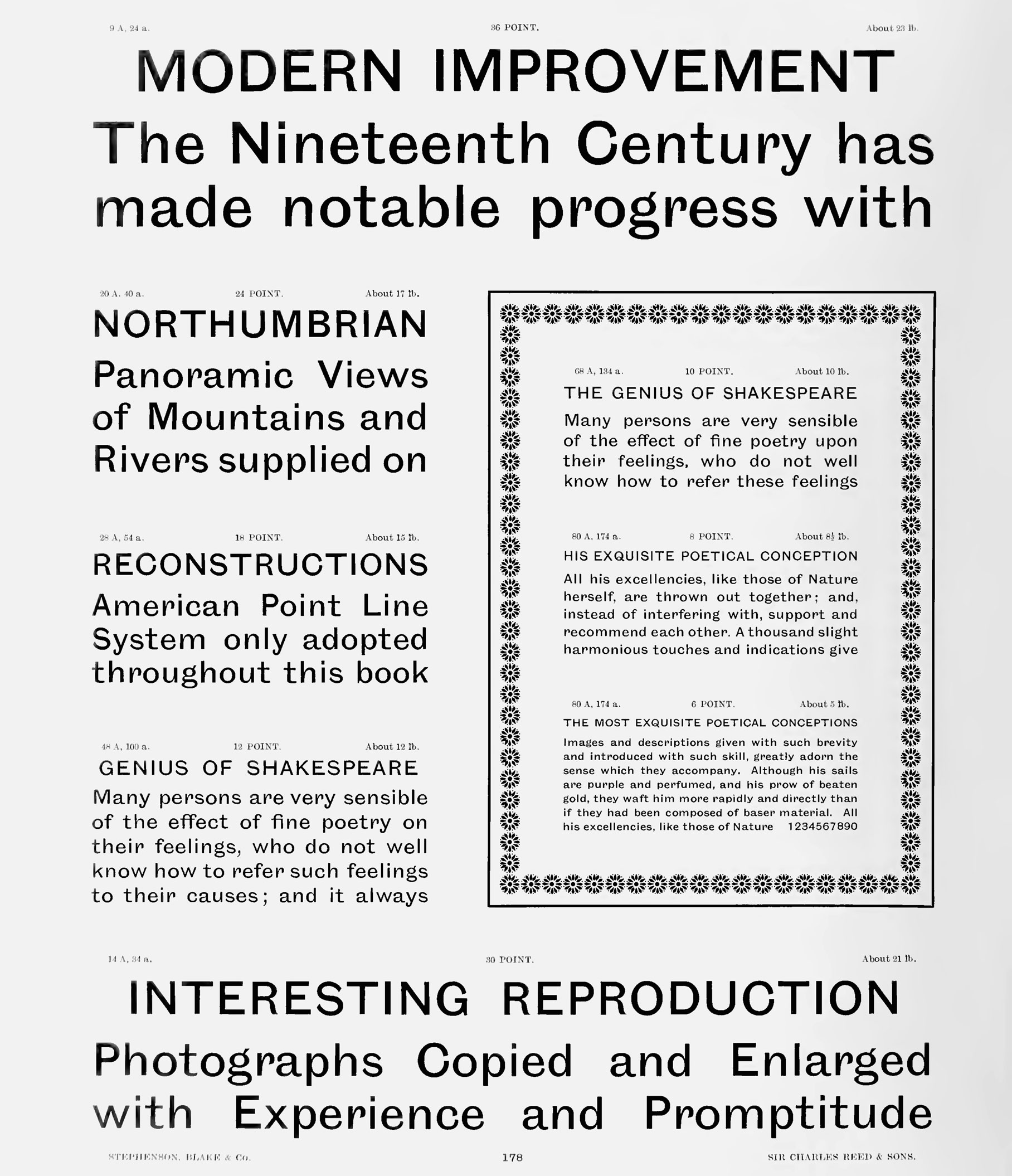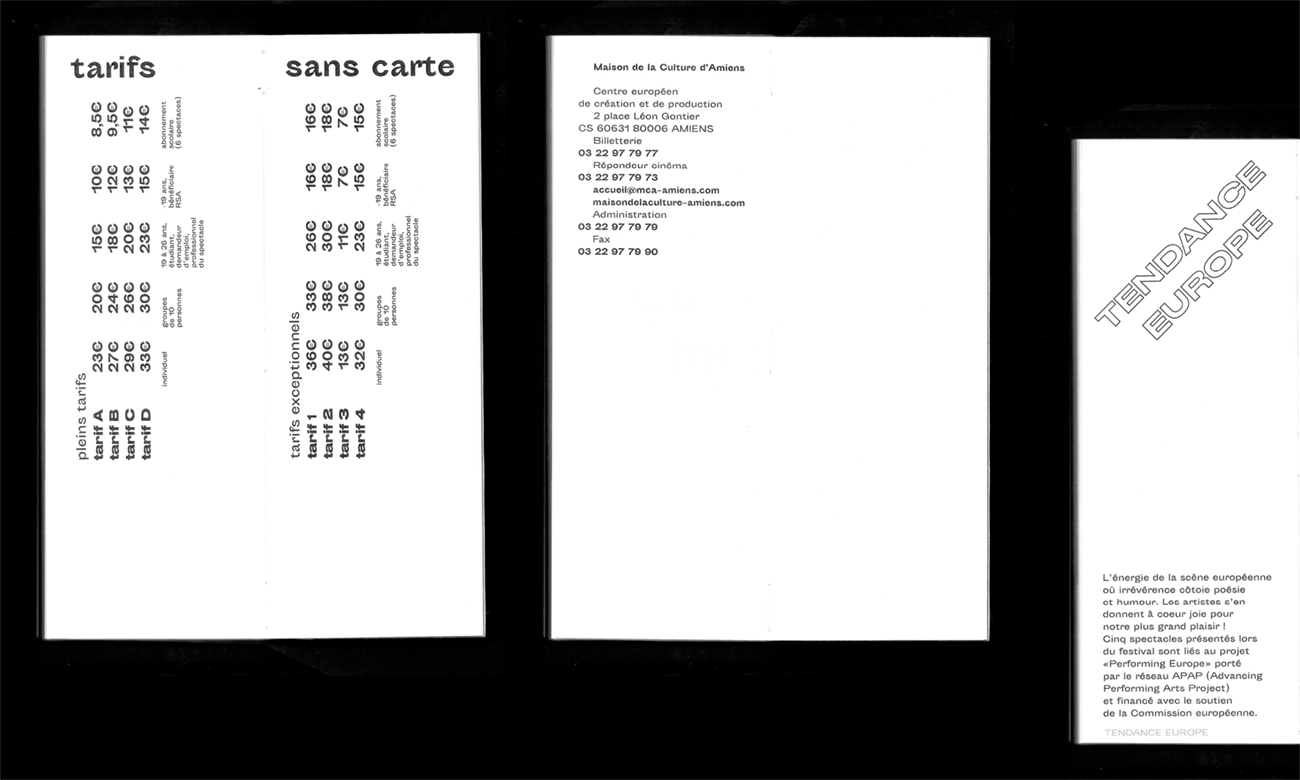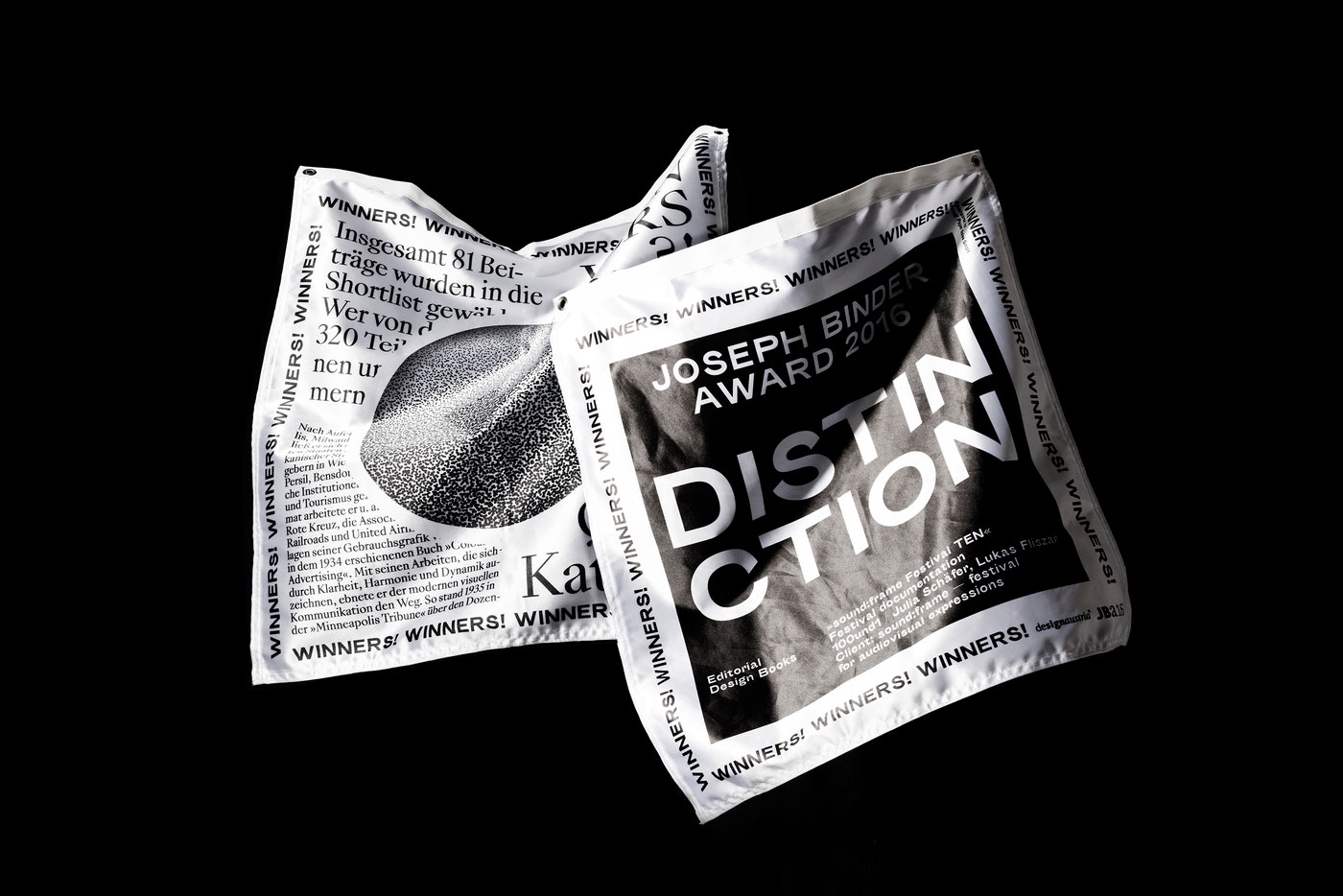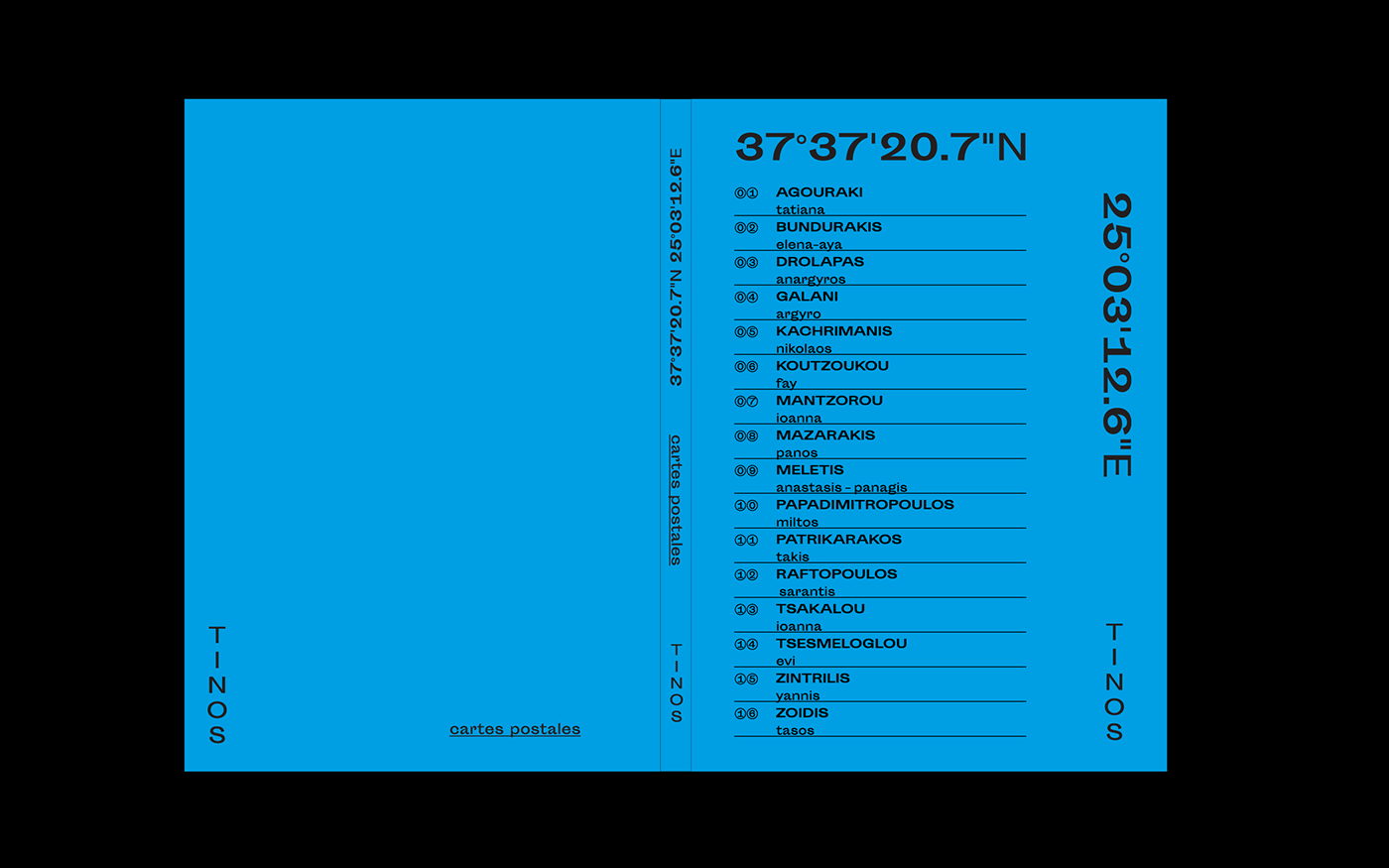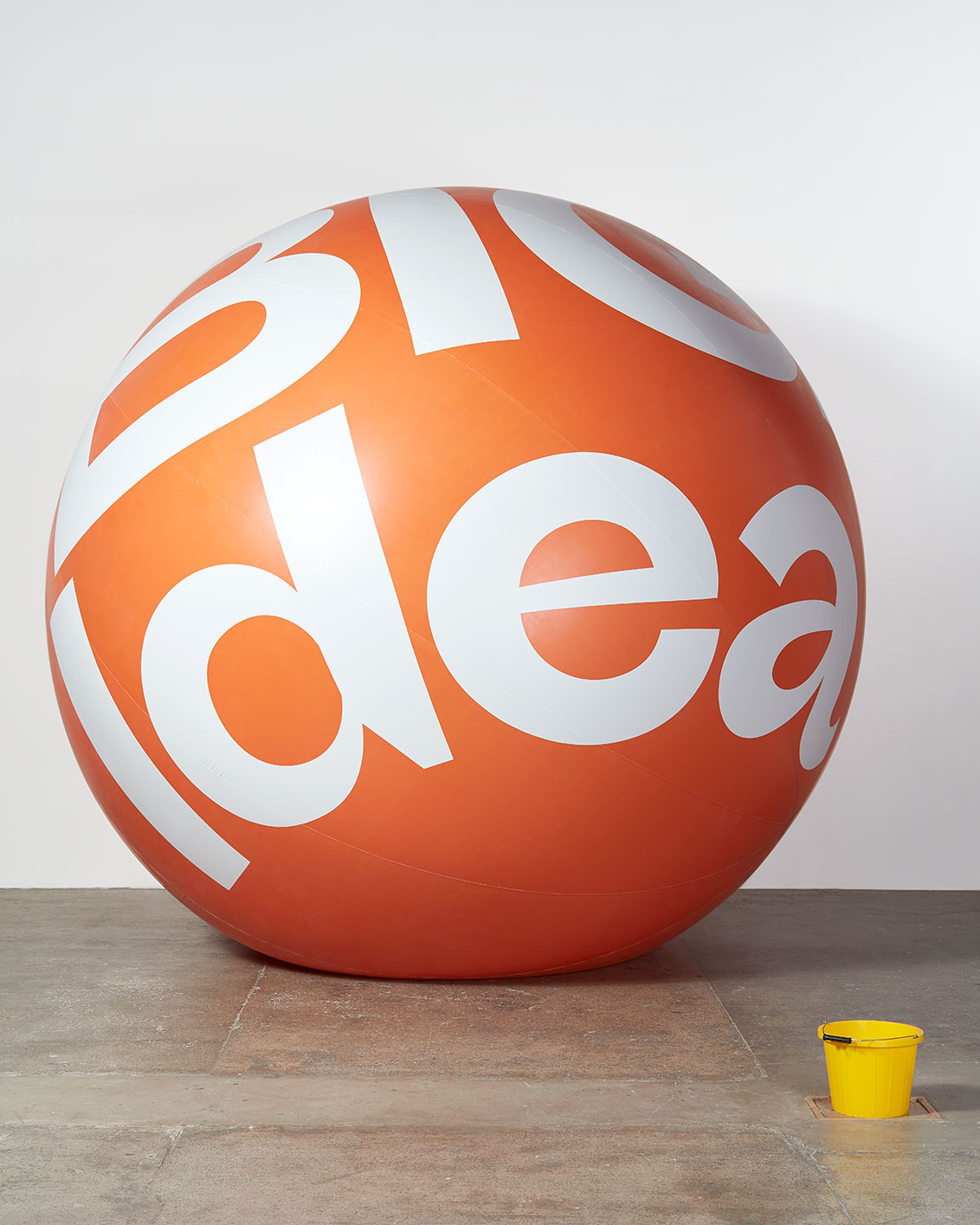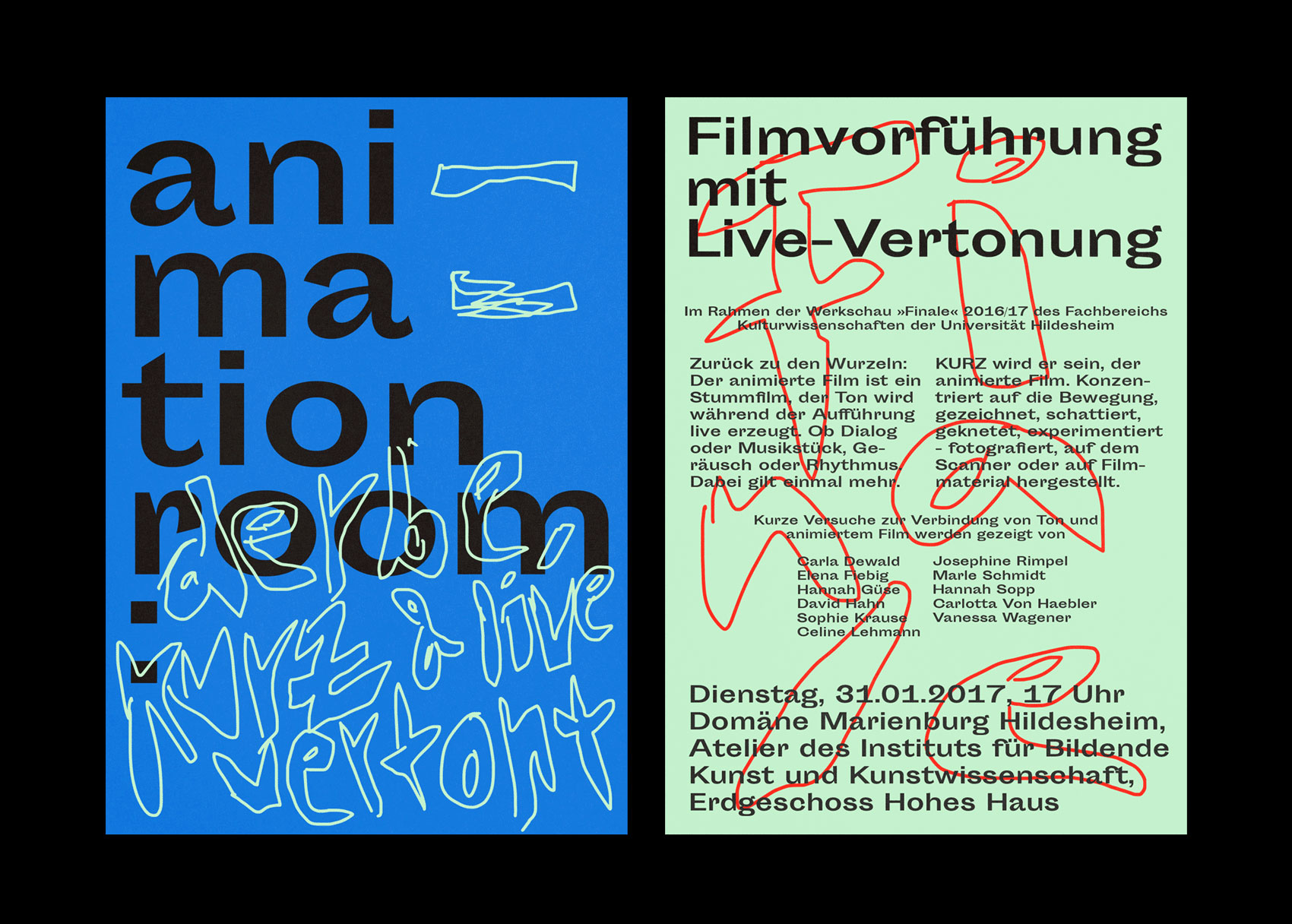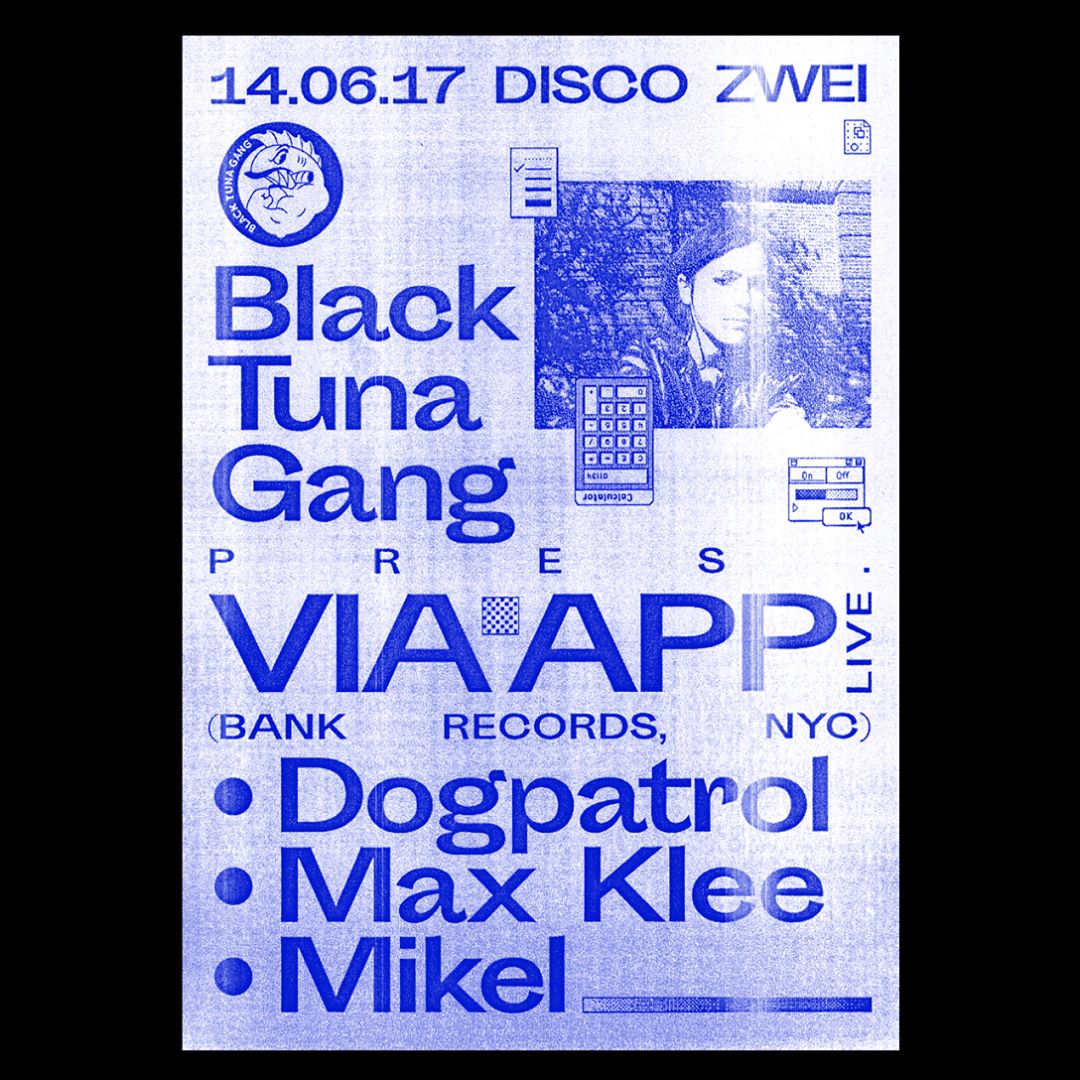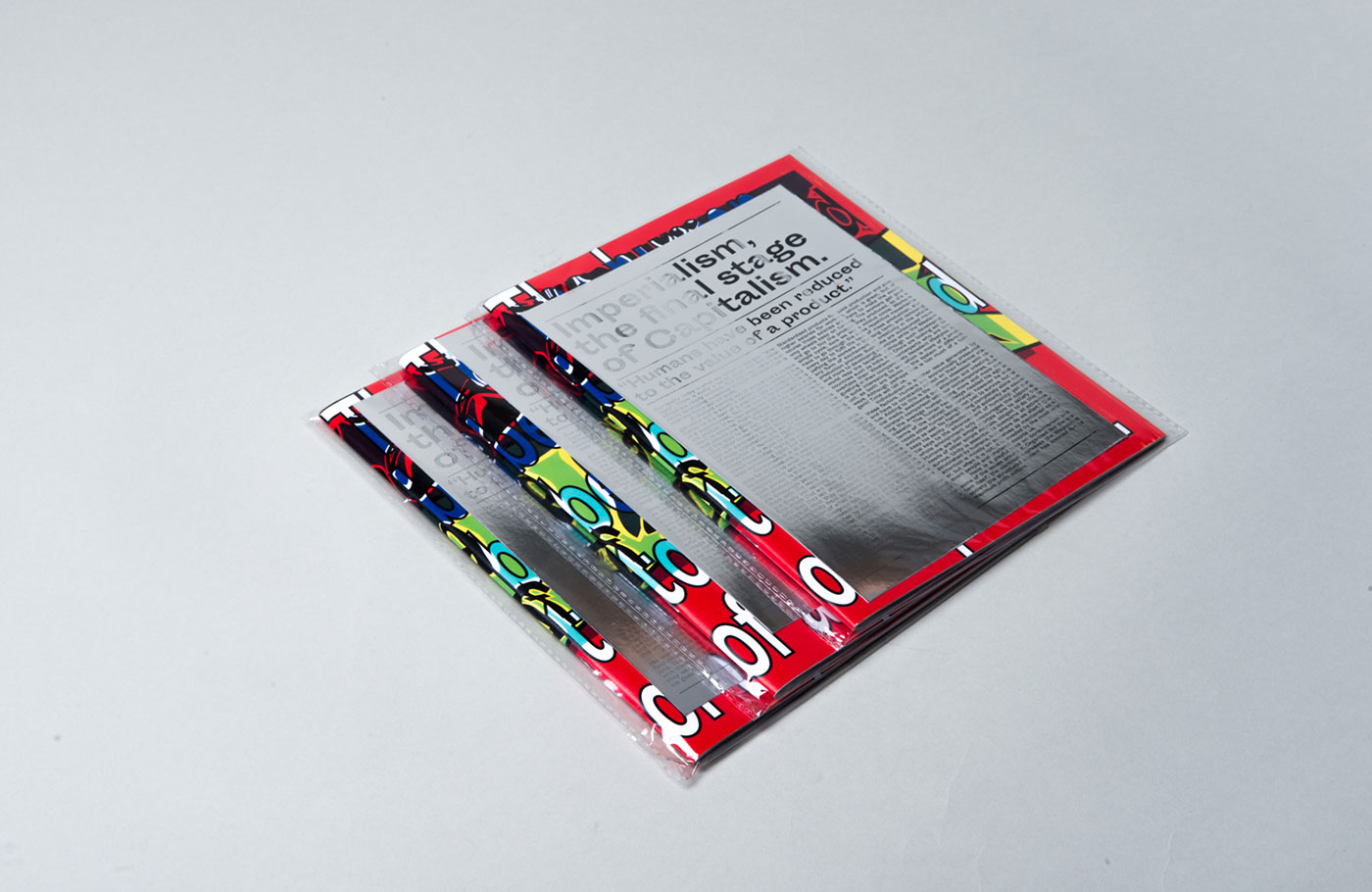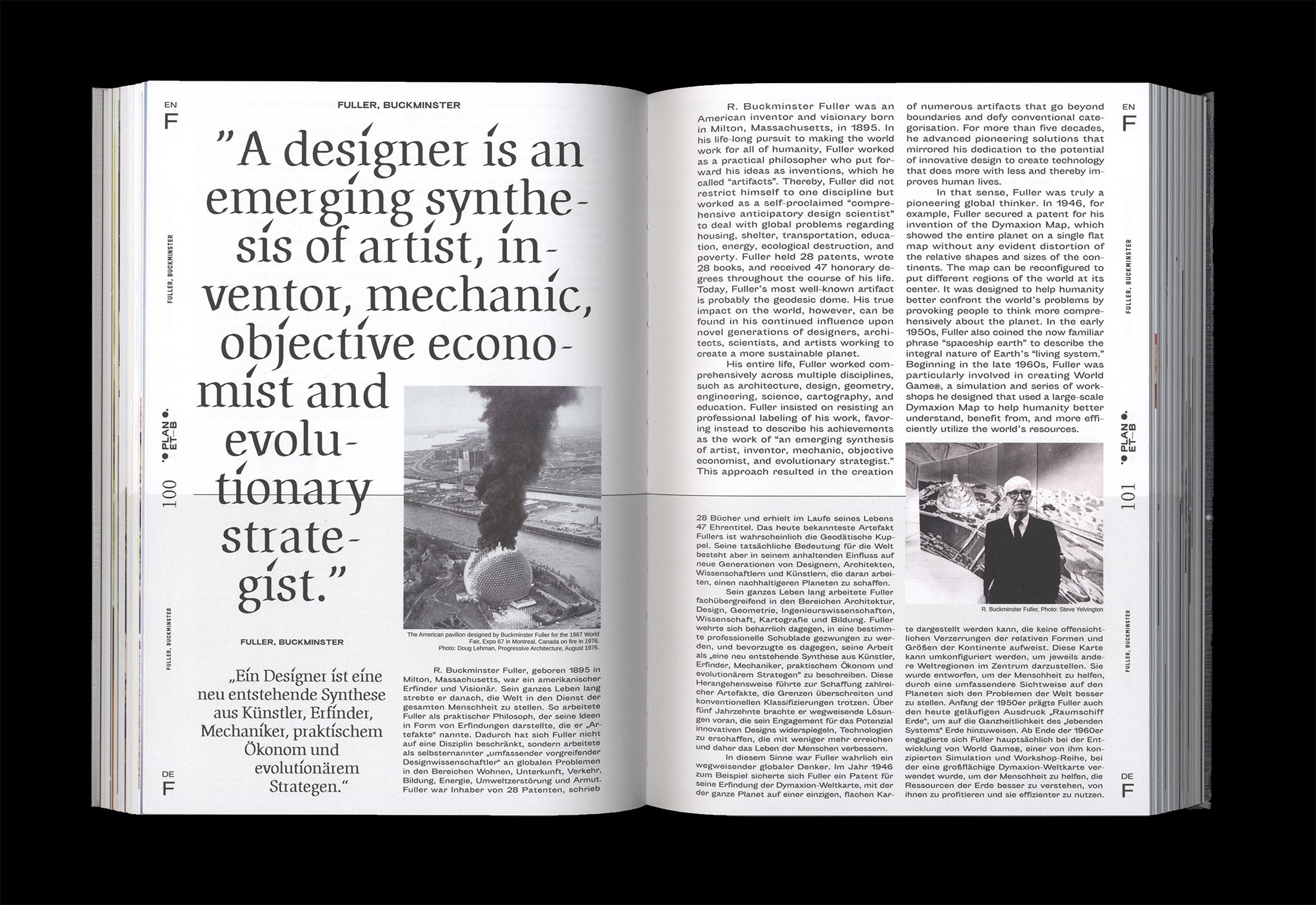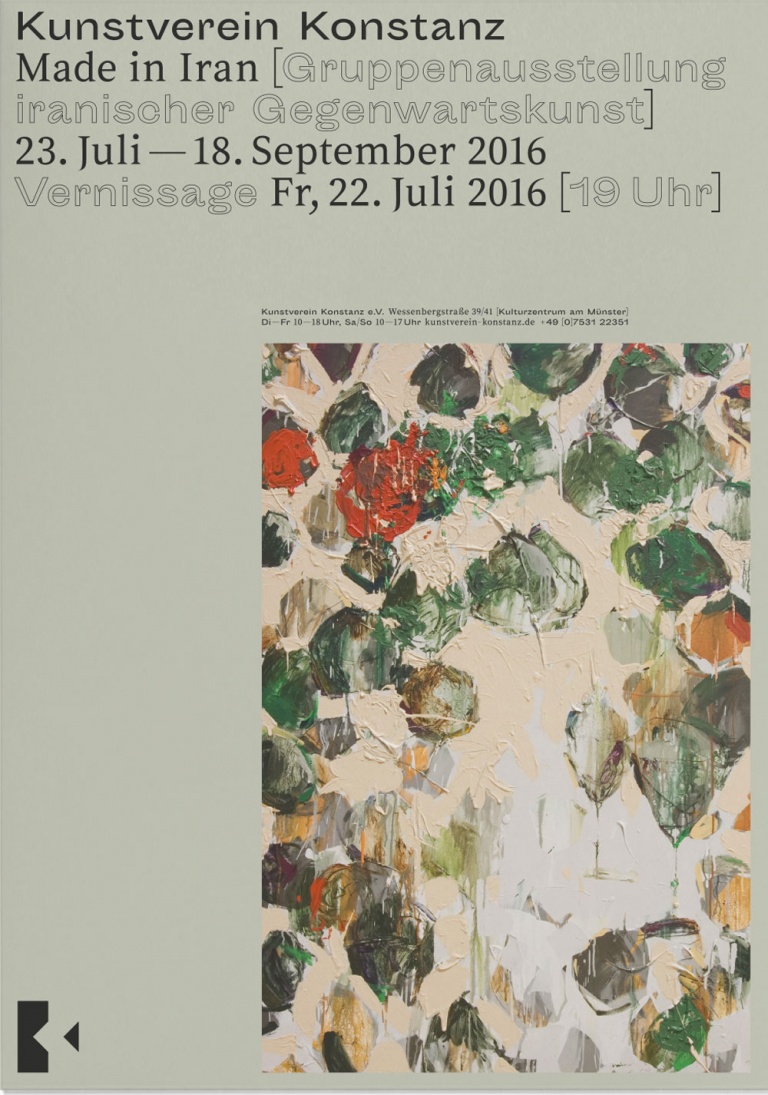Sporting Grotesque is a bulbous, serpentine, old-school Grotesque design released through the Velvetyne Type Foundry as an open-source font. It’s important to me that the Font Review Journal covers typefaces that are attainable to a range of design budgets, and you can’t get much more attainable than free.
This falls into one of my favorite genres of typefaces: grotesques that are almost aggressively weird and old-fashioned. Maple, Proto Grotesk and Sporting Grotesque are all playful, unsettling and loopy in a way I find intoxicating. There’s a heavy calligraphic influence in this genre—terminals that feel pen-finished, thick to thin contrast and pinching around bowls, and incredibly tight apertures.
Sporting Grotesque feels as if there’s an abnormally high level of gravity squashing its characters down towards the baseline, flattening the characters to make them wider and squatter, and pushing all the apertures so near closing it causes constant unease. Yet it also feels unbound and relaxed, well aware that it is unconventional and not giving a single care about it. This wider base, along with the looping, bizarre capital alternates the typeface has give it a unique presence compared to other typefaces in this genre.


